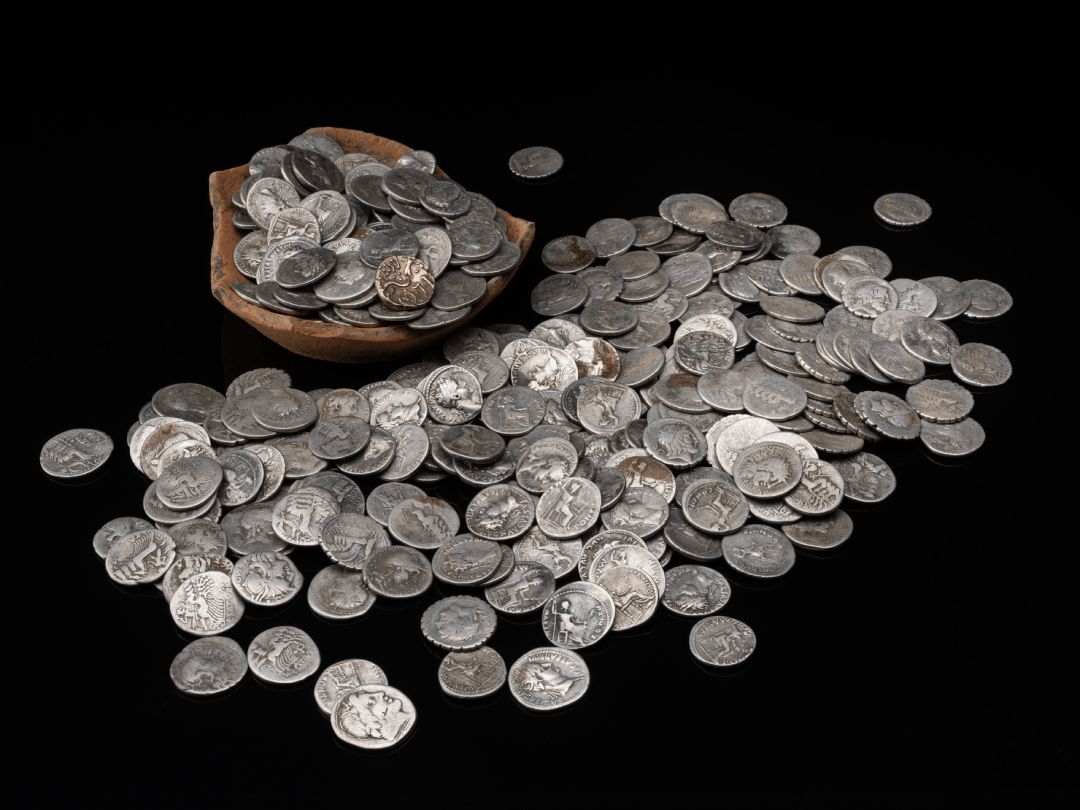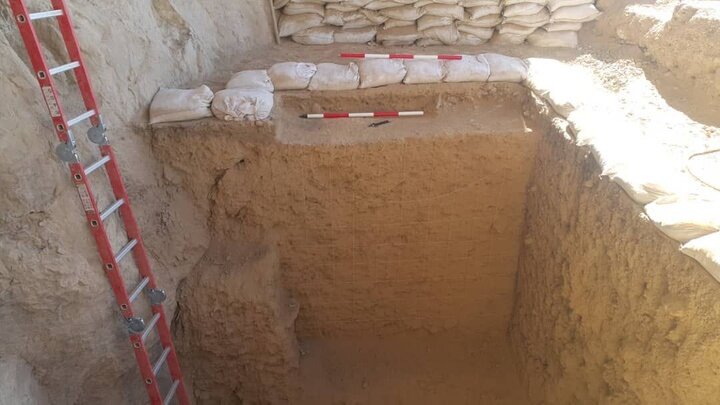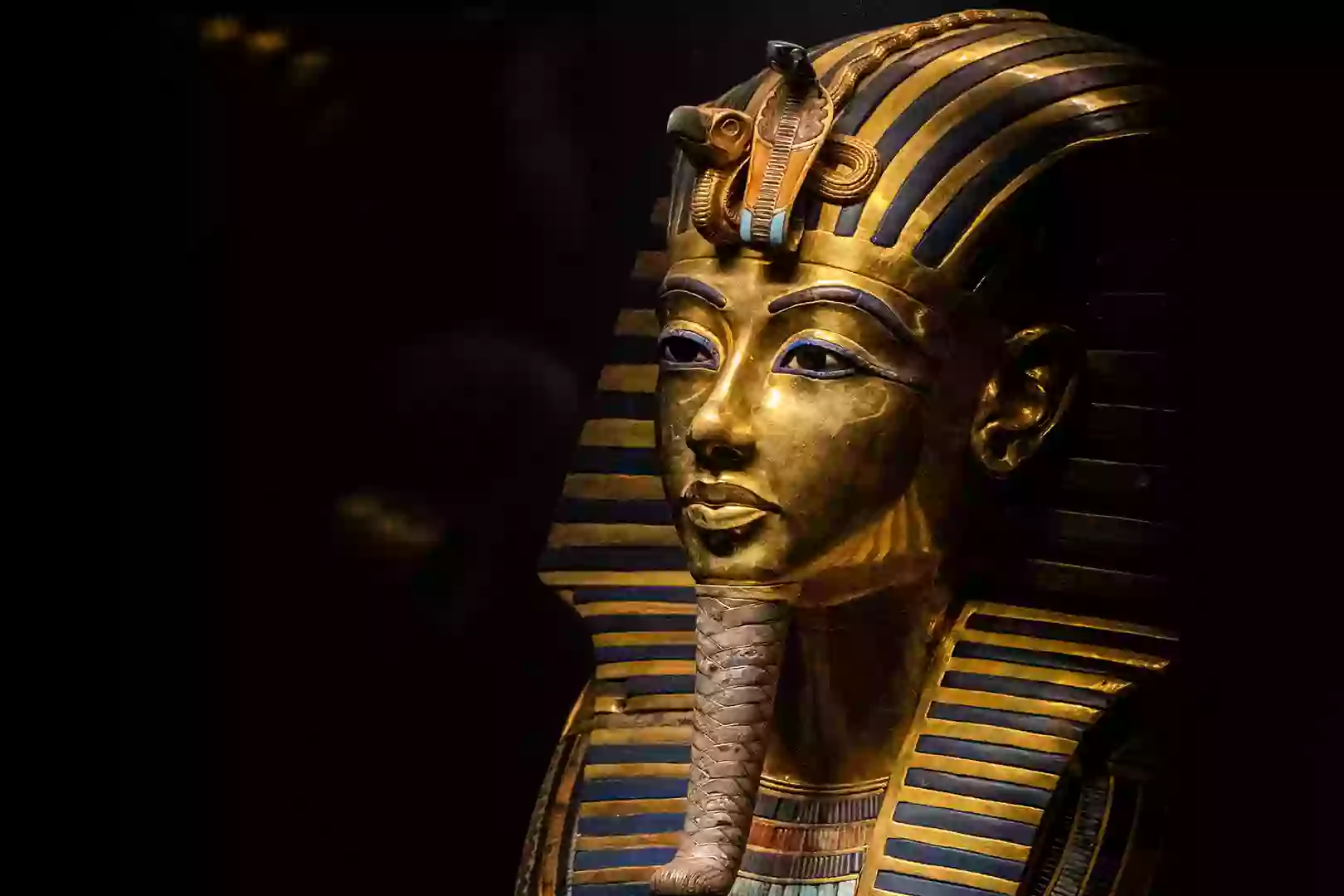During construction work in Worcestershire, West England, a treasure of Roman and Iron Age silver coins dating back to the reign of Emperor Nero was discovered. The find includes the largest collection of coins from the reign of Nero ever found. The treasure consists of 1,368 coins.
The coins span a period from 157 BC to 55 AD, and the dating of the treasure traces back to just a decade after the Claudian invasion in 43 AD, marking the beginning of Roman Britain.
The Worcestershire Heritage, Arts and Museums Authority stated that the treasure was discovered in late 2023 in the Leigh and Bransford area, west of Worcester, and has been named the Worcestershire Hoard.
The investigation of the treasure is being conducted by Murray Andrews, who is working closely with colleagues from Worcestershire Museums, Worcestershire Archives and Archaeology Service, and the Portable Antiquities Scheme to process the find in accordance with the Treasure Act 1996.

Dr Murray Andrews, Lecturer in British Archaeology, University College London (UCL) Institute of Archaeology says: “This extraordinary new find is the largest hoard of the reign of Nero (AD 54–68) ever found in Britain, and one of the largest of this period ever found in the entire Roman Empire. The coins come from every corner of the early Roman world, from the shores of the Mediterranean right up to the Cotswold Hills. They were buried just after the Claudian invasion, as Roman troops marched through western Britain to battle the tribes of Wales and the Welsh Border. It’s a remarkable discovery, and sheds important new light on the Roman Conquest – a time of conflict and change at the beginnings of British history.”

It is believed that the pot containing the coins was produced at one of the pottery kilns located at the base of the Malvern Hills. The coins range in date from 157 B.C. to 55 A.D., with the majority being silver denarii minted in Rome. There is also one gold coin, a stater, which was created for the Dobunni tribe that lived in Worcestershire between 20 and 45 A.D. Given that the most recent coins are in nearly pristine condition and likely saw little use, it is probable that the hoard was buried in 55 A.D. or shortly thereafter. The large quantity of coins suggests that the Hoard represented a significant amount of wealth at the time of its burial.
The Treasure Valuation Committee is in the process of assessing the value of the hoard, which was declared treasure by HM Coroner in June 2024. The Worcestershire Heritage, Art and Museums Registered Charity has launched a fundraising campaign aimed at ensuring the hoard remains in the county, and Museums Worcestershire is keen to acquire it. If sufficient funds are not raised, there is a risk that the hoard could be lost to the public permanently.
Currently, the hoard is being catalogued and preserved at the Worcester City Art Gallery and Museum, where it is set to be temporarily displayed in January.
Support the effort to save the Worcestershire Conquest Hoard.
Cover Image Credit: Worcestershire Heritage, Art & Museums/Luke Unsworth
















